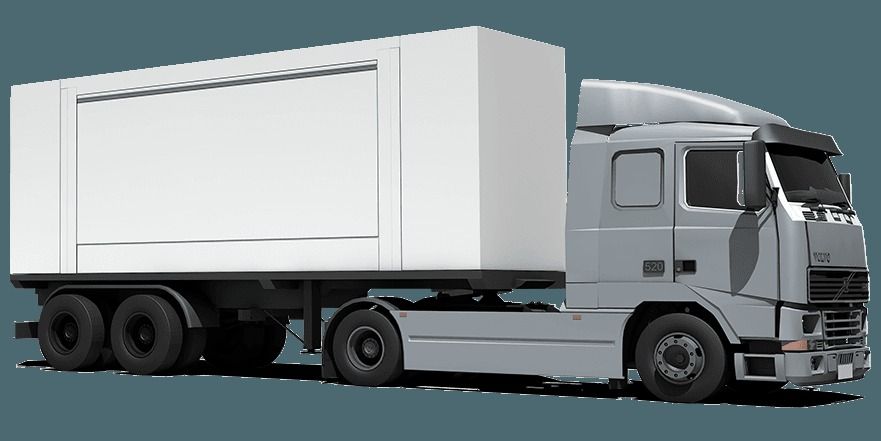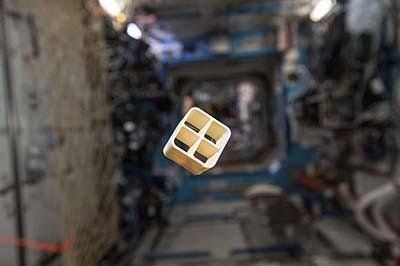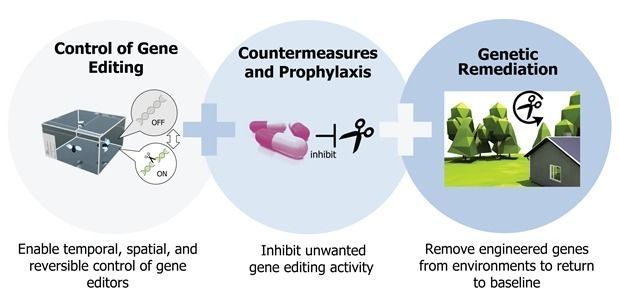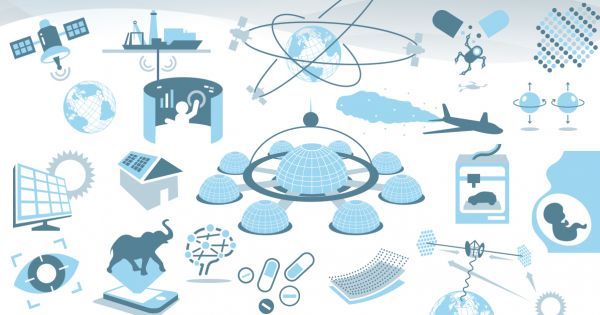Page 10272
Jul 20, 2017
Dear Mum: A Letter from the future
Posted by Alexandra Whittington in categories: economics, existential risks, food, futurism, government
Dear Mum,
We’ve missed you over the ten long years since you passed away. You wanted me to write to you to tell you what’s happened, so now in 2030 I am fulfilling that wish.
Tags: future, humanity, sustainability
Jul 20, 2017
Made In Space Begins 3D Printing PEI/PC on the ISS
Posted by Klaus Baldauf in categories: 3D printing, engineering, space
Made In Space has 3Dprinted a part on the International Space Station that is made from engineering-grade PEI/PC plastic.
Jul 20, 2017
Autonomous Cars: The Ultimate Job Creator?
Posted by Johnny Boston in categories: automation, business, driverless cars, drones, futurism, media & arts, robotics/AI, transportation

In our last film, we explored how the introduction of autonomous, self-driving cars is likely to kill a lot of jobs. Many millions of jobs, in fact. But is it short sighted to view self-driving vehicles as economic murderers? Is it possible that we got it totally wrong, and automated vehicles won’t be Grim Reapers — but rather the biggest job creators since the internet?
In this video series, the Galactic Public Archives takes bite-sized looks at a variety of terms, technologies, and ideas that are likely to be prominent in the future. Terms are regularly changing and being redefined with the passing of time. With constant breakthroughs and the development of new technology and other resources, we seek to define what these things are and how they will impact our future.
Jul 20, 2017
Project Dragonfly: Multi-spacecraft interstellar laser sail mission — Cranfield University team design
Posted by Andreas M. Hein in category: space travel
A team from Cranfield University has published a paper on a small, laser-sail mission to Alpha Centauri at a symposium of the International Academy of Astronautics. Multiple spacecraft are launched sequentially.
You can download the paper here:
https://www.researchgate.net/publication/317491721_Dragonfly_Sail_to_the_Stars
Jul 20, 2017
Amazon patented a fleet of robots that can charge your phone and sell you things
Posted by Dan Kummer in categories: mobile phones, robotics/AI
The cosmos can be considered as a collider for human to access the results of particle physics experiments at ultimate high energies. Credit: Department of Physics, HKUST
Jul 20, 2017
Elliott Small – AgeMeter The Functional Aging Biomarker System
Posted by Steve Hill in categories: biotech/medical, life extension, neuroscience
Chronological age has been typically used as a way to gauge how someone is aging, however this is a poor measure indeed. People tend to age at different rates due to a variety of reasons, environment, diet, diseases in earlier life, stress, exercise and lifestyle all play a role in how a person ages.
Clearly a better way to measure aging is needed if we are to accurately assess how someone is aging for the purposes of health monitoring and research. One way to do this is to use functional aging as a way to determine how someone is aging.
Functional aging is defined as a combination of the chronological, physiological, mental, and emotional ages of a person that give an overall measure of their rate of aging.
Jul 20, 2017
Building the Safe Genes Toolkit
Posted by Roman Mednitzer in categories: bioengineering, biotech/medical, genetics, health, security
DARPA created the Safe Genes program to gain a fundamental understanding of how gene editing technologies function; devise means to safely, responsibly, and predictably harness them for beneficial ends; and address potential health and security concerns related to their accidental or intentional misuse. Today, DARPA announced awards to seven teams that will pursue that mission, led by: The Broad Institute of MIT and Harvard; Harvard Medical School; Massachusetts General Hospital; Massachusetts Institute of Technology; North Carolina State University; University of California, Berkeley; and University of California, Riverside. DARPA plans to invest $65 million in Safe Genes over the next four years as these teams work to collect empirical data and develop a suite of versatile tools that can be applied independently or in combination to support bio-innovation and combat bio-threats.
Gene editing technologies have captured increasing attention from healthcare professionals, policymakers, and community leaders in recent years for their potential to selectively disable cancerous cells in the body, control populations of disease-spreading mosquitos, and defend native flora and fauna against invasive species, among other uses. The potential national security applications and implications of these technologies are equally profound, including protection of troops against infectious disease, mitigation of threats posed by irresponsible or nefarious use of biological technologies, and enhanced development of new resources derived from synthetic biology, such as novel chemicals, materials, and coatings with useful, unique properties.
Achieving such ambitious goals, however, will require more complete knowledge about how gene editors, and derivative technologies including gene drives, function at various physical and temporal scales under different environmental conditions, across multiple generations of an organism. In parallel, demonstrating the ability to precisely control gene edits, turning them on and off under certain conditions or even reversing their effects entirely, will be paramount to translation of these tools to practical applications. By establishing empirical foundations and removing lingering unknowns through laboratory-based demonstrations, the Safe Genes teams will work to substantially minimize the risks inherent in such powerful tools.

















